Special operations forces. Anytime, anywhere! Part of 3
Special Operations Forces: Anytime, Anywhere! Part of 1
Special operations forces. Anytime, anywhere! Part of 2
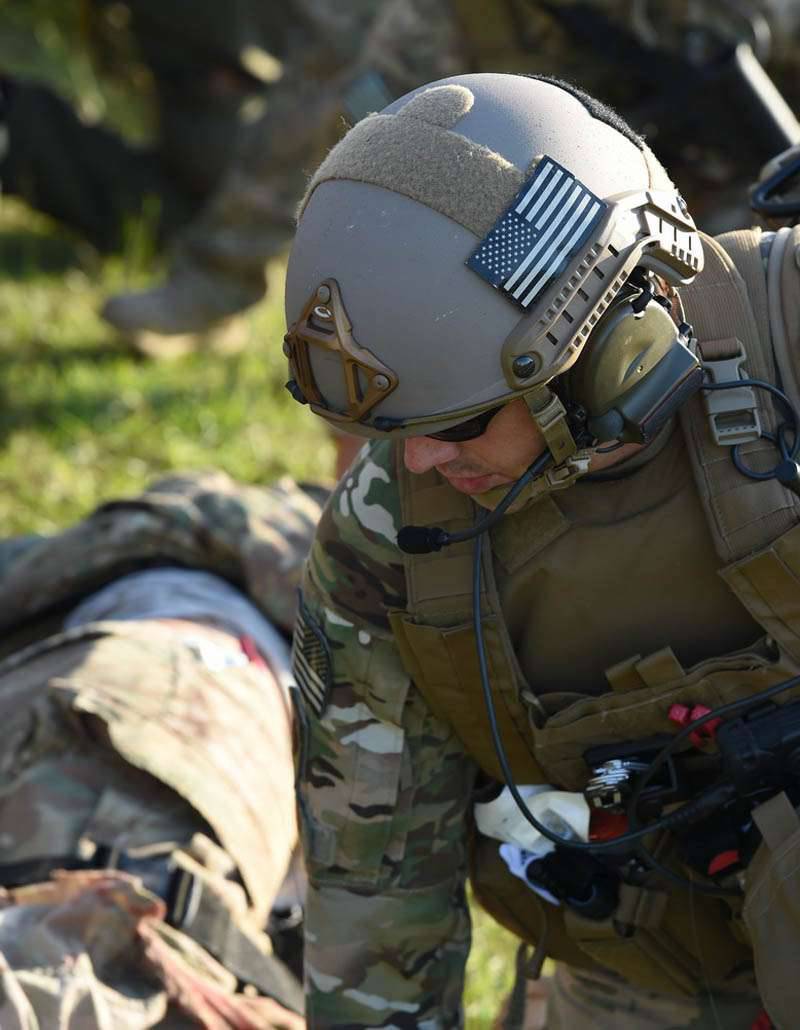
Helmets with open ears are becoming widespread among the special forces of different countries of the world. Its advantage lies in the increased comfort for the owner and the simplified integration of communications and headset hearing protection.
Sushi Equipment
As for the more traditional equipment of special operations forces (MTR), then there are their own trends. For example, “cut-off” combat helmets with open ears are in great demand, allowing to increase the level of awareness of the situation and integrate the headset. One of the most popular ballistic solutions that MTRs of many countries readily acquire is the Gentex Tactical Ballistic Helmet Mission Configurable (TBH-II MC) helmet. TBH-II MC is based on the popular ACH (Advanced Combat Helmet) helmet and according to the company, it is able to accept a large number of not only standard components, but various third-party systems in order to increase survivability and level of situational awareness. The design of the helmet includes the so-called "skeletal casing" to protect against blunt injuries, plus it allows you to install night-vision goggles (NVG). However, since the needs of the SSO are constantly evolving, this system of helmets is available with a high, medium, and cut-off crown.
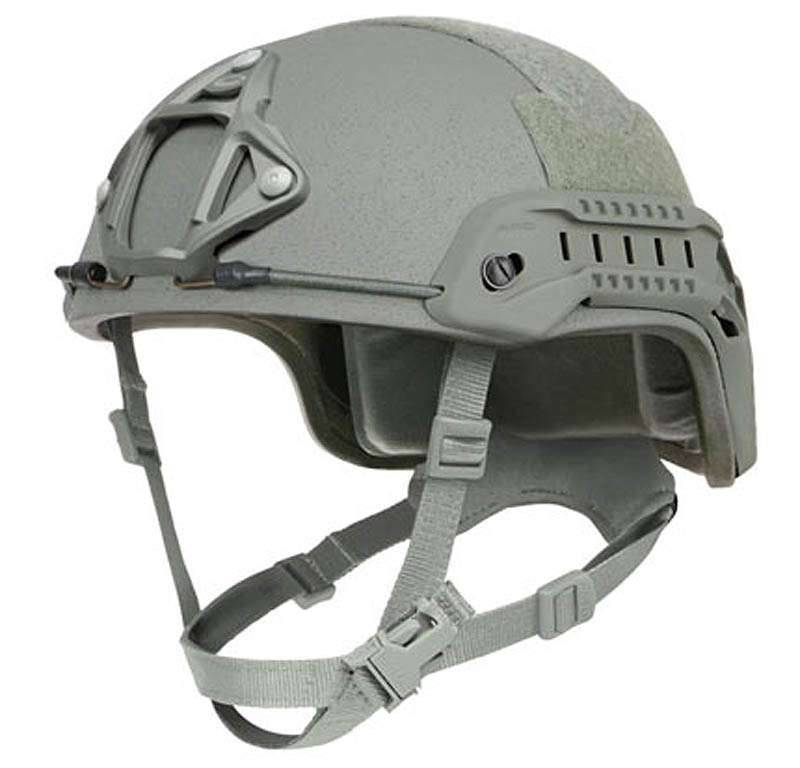
Combat helmet TBH-II MC
Picatinny guide systems mounted on the side of the TBH-II MC helmet allow the integration of various accessories, including safety glasses; HE IS IN; headsets, such as the Silynx Boom microphone; devices of the "friend-alien" system, including the San Precision IFF Strobe; video cameras, such as the VholdR Contour High Definition and VIO POV1; and tactical lights, such as Insight M3, Surefire EIL, Surefire X300, Streamlight TLR-I and Princeton lighting kit.
Another trend, first identified by US Army Special Forces working in Afghanistan since 2012, concerns the integration of the Survivable Kit, the purpose of which is to increase the level of protection, especially in areas with IED threats. The survivability kit consists of a protective mask for protection against 9-mm ammunition and a mask for the lower part of the face in several variants; It is designed to protect the eyes and face from blunt injuries, ballistic threats and a shockwave. Finally, it is worth mentioning another additional accessory that is “above” of all these systems - the Mohoc hardened camera mounted on the helmet, currently widely used by the US and other countries. In fact, the Mohoc camera is a “militarized” version of popular sports cameras, such as the famous GoPro brand. According to the manufacturer, "orders for it from NATO special forces are measured in thousands of pieces," because they need a device to analyze the results of the actions taken, as well as exchange information in real time when performing combat missions.
2 May 2011, a US Marine Special Forces conducted an operation NEPTUNE SPEAR, which resulted in the death of al-Qaeda leader Osama Bin Laden in his home in Abbottabad in northern Pakistan. After the publication of photographs of President Obama and his advisers in the White House’s operational room, international media assumed without a doubt that they were watching live reporting from this combat mission, including the shots with which Bin Laden was killed. But this assumption was subsequently refuted, although it is technically possible to transmit video with full movement from inside buildings through standard tactical radio stations, and from them to satellite communications with further transmission to any point on the globe.
However, the video of this raid was nevertheless recorded by the operators of the 6 group of sea lions, as required by the Site Sensitive Exploitation (SSE) information collection concept. In the US MTR, the entire special operation is divided into four stages: exit to the area of operation, assault or forceful action, then the SSE stage itself — collection of all information materials (documents, computers, phones, flash drives, etc.) and, finally, exit from district. But we will return to SSE later.
Mohoc Camera
In addition, the ability to videotape a combat operation or combat training process with a full view of the movement in real time, and then watch the video, is an important tool for the development of tactics, methods and methods of combat operations for MTR, as they constantly direct their efforts towards achieving superiority over opponents and also the identification of mistakes made during combat training. According to the executive director of Mohoc, Connor Duncan, in recent years, special forces have been actively using sports cameras for such purposes, although models such as GoPro are not only not strong enough for military tasks, but are not optimized for them, since they emit light and produce a sound that endangers operators during an assignment.
The Mohoc camera has a small size and a low profile, which prevents its damage from knots and branches, and a simple fixation with a Velcro-type fastener (velcro) fastening allows you to mount the camera on any part of the helmet. “The shape of the CurveLock base of this camera coincides with the shape of the combat helmet and, in combination with the external streamlined shape of the Mohoc, allows you to minimize protrusion and eliminate damage from foreign objects, as well as significantly increase safety and simplify attachment to the helmet,” Duncan explained. “The rotating lens also means that the Mohoc camera can be mounted and adjusted on the side of the combat helmet in the event that the NVG or other devices restrict the camera's angle of view when mounted on top of the helmet.” The mounting of the Velcro also reduces the need for Picatinny rails. Mohoc has a simple three-mode user interface with vibration, signaling that the camera is active. The device is silent in operation in any mode and absolutely does not emit any light. The camera is also certified for diving to a depth of 10 meters.
In addition to the fact that the Mohoc camera shoots high-resolution video, it allows the operator to simultaneously take video and take photos in different modes: manual, a series of shots and frame by frame at certain time intervals. The camera also has a field of view of 140 degrees. The wireless connection is provided by USB and HDMI ports and software applications based on the Android operating system. The camera can work with a memory card on 128 gigabytes, and the rechargeable battery provides up to six hours of continuous operation. Mohoc camera is available in day and infrared versions for low illumination, but the company intends to develop a thermal imaging option in the future.
To date, operational evaluations conducted by SOF units have extended the use of the Mohoc camera to include body mounting. Velcro type CurveLock fastener allows you to easily mount it on the shoulder strap of unloading vests and bulletproof vests. Mohoc also has a special mount that allows it to be mounted on service dogs. Similar techniques emerged in counterinsurgency operations in Afghanistan, where dogs were used to enter buildings or restricted areas ahead of assault units. However, many commandos say that it would be nice to use such a camera and similar technology in drones, on observation poles and onboard weapons systems.
As previously mentioned, the operational space continues to change. MTRs are now less used in assault operations, including for capturing important targets, and are returning to more traditional information gathering tasks. The NEPTUNE SPEAR operation to destroy Bin Laden is a prime example of this trend. For the SSE stage, a special helicopter was sent, which allowed the participants in the operation to load the assembled hard drives of computers, cell phones and documents into it, and then leave the site of the operation. This made it possible to use the information obtained for the subsequent malfunction and destruction of rebel networks. This concept of operation proved very successful during the operations of the coalition forces in Iraq and made it possible to detect and destroy the networks of factories for the production of explosive devices and the supply chain of terrorists.
The demonstration of the importance of this concept was the publication by the US command of special operations forces in September 2015 of the SSE technology requirement. The Request for Proposals provides for the development of various technologies that assist SSOs in performing SSE tasks, including passive radiation detection devices for making decisions on the presence of radioactive materials / radiation, a device for detecting, localizing, identifying radioactive substances and measuring radiation intensity to determine acceptable levels, as well as personal dosimetric instruments that can alert the wearer to the presence of potentially dangerous radiation during the SSE data collection phase.
In addition, the SSE requirement provides for the development of a biological material detection kit (Biological Agent Detection Kit) with minimal power consumption, capable of detecting biological warfare substances in a few minutes, as well as an Explosive Detection Kit capable of detecting explosives with a mass of less than five milligram. “Detectors should be installed on ground vehicles,” the USSOCOM Command’s request for information says with additional commentary that remote detection is necessary from a safe distance. Among the candidates considered by various SSO organizations are the universal detection kits for the explosive and initiating substances of the Ultra series manufactured by Field Forensics; they are small enough to carry in your pocket.
Field Forensics Ultra Sample Test and Kit
Field Forensics executive director Craig Johnson said that “Ultra series kits most of the time react to the presence of a chemical within a few minutes. The operator does not have to worry about the loss of components or the replacement and recharge of batteries, since each stand-alone testing system is mounted in a single durable and reliable case. " The hand-held Raman (Raman scattering) spectroscope manufactured by this company also allows the operator to identify explosives, initiators, drugs and other chemical compounds. HandyRam is powered by two AA batteries, providing up to 8 hours of operation. In addition, a TLC thin layer microchromatograph can be used for additional analysis. “These products are designed to simplify the work of the intelligence units by providing technologies that allow not only to get the necessary analyzes, but also are easy to use and maintain,” he explained, while acknowledging that the SSO servicemen have plenty of acute problems and technologies. who could take off some of them.
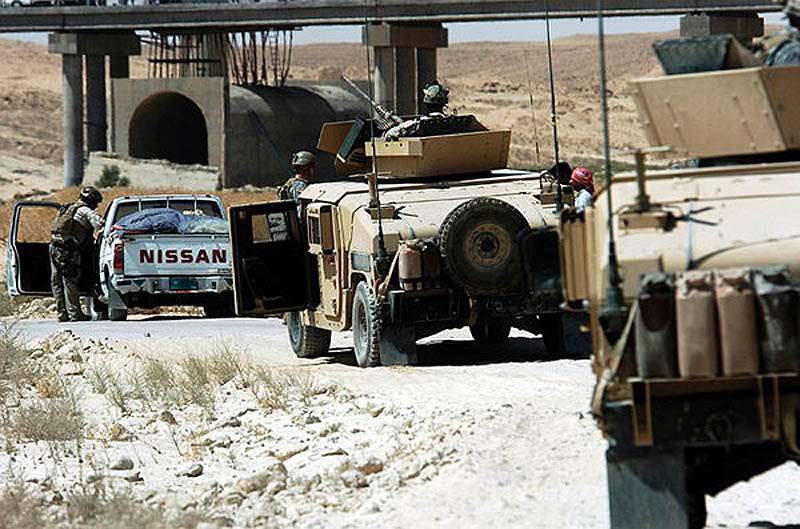
Heavy armored vehicles were used by the US MTR in both Afghanistan and Iraq. Despite the recent trend of transition to lighter and ITV category vehicles transported in helicopters, the SSO units continue to use heavy armored vehicles in counterinsurgency operations
Mortality
Whatever additional tasks are not set before the MTR fighters, the fundamental capabilities of the lethal systems retain their paramount importance for the soldier. There are of course exceptions, but minimal weapons a special unit soldier remains covertly worn by a pistol. The full set includes an assault rifle as the main weapon, a pistol as an auxiliary weapon and, finally, additional weapons suitable for MTR tasks, which can vary from shotguns, rifle-type 40-mm grenade launchers to anti-tank guided missiles, fragmentation grenades and explosive weapons for storming buildings.
The ability to penetrate the entrance to a building or to a fenced territory is very important for modern MTRs, especially in the fight against experienced and motivated rebels who can instruct trap mines at their intended entry and exit points. During the service in Afghanistan, NATO forces ’special forces almost daily encountered similar tactics, including one unnamed international unit that lost a dozen of its fighters during a single operation to detain a terrorist. Variants of assault methods range from manual tools, such as a sledgehammer, to shotguns, ATGM and shaped charges intended for breaking through concrete walls. The use of special means, as a rule, is practiced before the task is accomplished, and an important role in the success or failure of the operation is played by the preliminary reconnaissance of the target building, including its design.
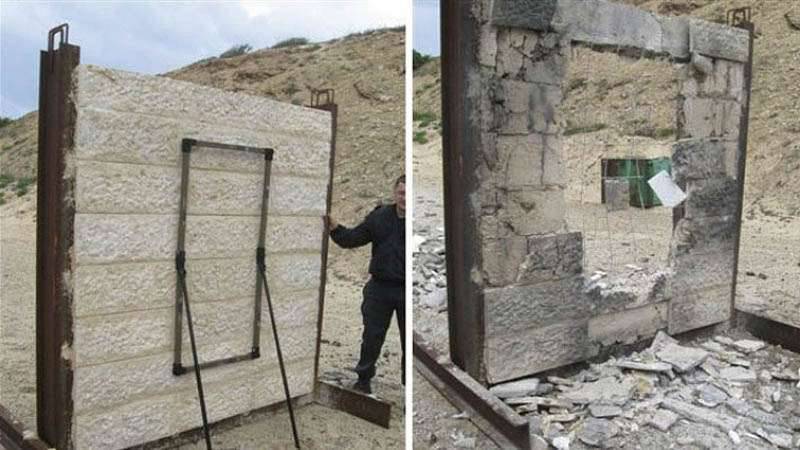
EBF aisle making system manufactured by Israel Military Industries
In an effort to meet these MTR requirements, Israel Military Industries (IMI) recently introduced its Explosive Breaching Frame (EBF) blasting system. The charge of this system is designed to create holes in the hedges and walls of buildings, the dimensions of which are sufficient for the passage of the assault group. This EBF technology is already in service with the special forces of the Israeli army, which uses it, in particular, in urban operations to support the larger tasks of ensuring internal security. According to IMI, the EBF system is based on an elongated shaped charge, which can be formed in the shape of a door frame or frame for a wide opening. The charge is capable of piercing walls up to 0,2 meters thick; Rods or special adhesives are used to hold the EBF system against a hedge or wall.
Special units need cars that can be transported inside helicopters to perform various tasks. Therefore, the US Special Operations Command issued a contract to Polaris Defense to supply MRZR 2 and MRZR 4 vehicles.
CV-22B convertoplanes can be delivered on a suspension by special forces vehicles. Such combat use allows you to quickly use the car immediately after touching the surface
City operations
In the meantime, the increased need to act in cramped, overcrowded and aggressive urban space further enhances the value of small arms, while MTR personnel often take off high-tech optical gun sights and return to simpler collimator sights. The Swedish company Aimpoint has been providing these devices for several years with SSO. Commercial Director Fredrik Lyngren explained how recent operations and the future combat space define this trend. “The technology of collimator devices provides a better solution than laser devices, since they minimize any transmission of light, which can compromise the operation,” he explained, noting that the reduction in weight and power consumption has led to an increased demand even for collimator sights for pistols.
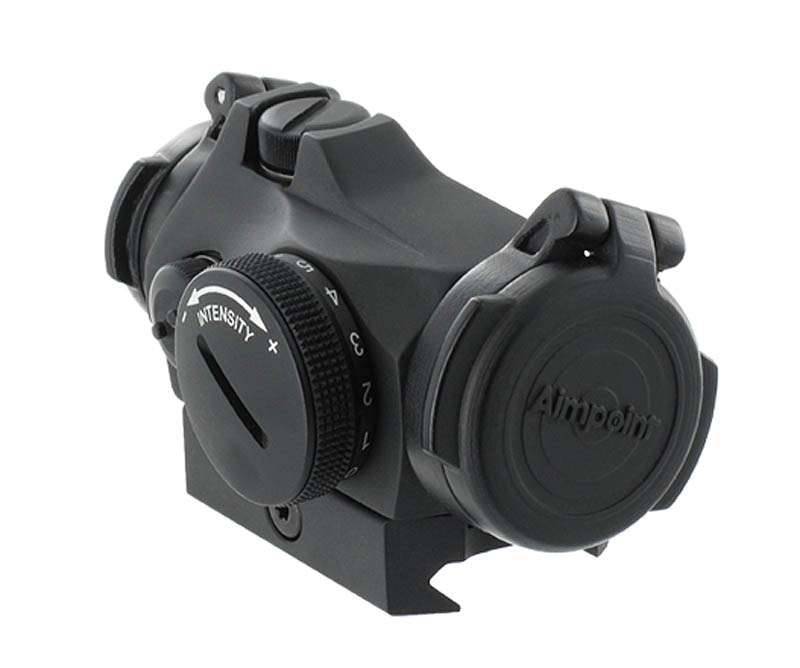
Micro T2 collimator sight from Aimpoint
Aimpoint’s holographic collimator sights of the T1 and T2 families, equipped with Picatinny trims for mounting on assault rifles, assault rifles and pistols, are designed to quickly capture melee targets up to approximately 100 meters in range. These sights can also be used in low light conditions, although they cannot highlight targets.
The collimator sights also allow the soldier to quickly capture the target due to the “side field of view”, with both eyes open and the sight directed along the barrel. The whole follower aiming in this case is significantly shorter compared to when the operator is looking at a closed optical sight, for example, Trijicon Advanced Combat Optical Gunsight (ACOG). However, the company Trijicon is developing ACOG sights, which can operate in two modes, in a holographic collimator or aiming grid. The sights of this series allow special forces soldiers to get a two-in-one solution. Now they can quickly hit targets at close range, as well as more accurately hit targets from their weapons at the maximum range of real fire.
A pair of models from the ACOG family
For surgeries with an increased risk of indirect loss of their forces or the civilian population (for example, rescuing hostages and search and rescue during hostilities), SSO men seek to choose a laser targeting device, such as for example AN / PEQ-15 Advanced Target Pointer Illuminator Aiming Laser (ATPIAL) from L-3 Insights, which is available in three configurations: standard, high power and ultra high power. This target designator with an infrared laser and a visible-range laser, as well as an infrared illumination device when mounted on a rifle, greatly simplifies the aiming process.
Aimpoint laser target designators are very popular with MTRs of many countries of the world.
Currently, Aimpoint offers its new Micro T2 collimator sight for unnamed European MTRs. During its development, combat experience gained with the previous version of Micro T1, which to this day is in service with some countries, was taken into account. The so-called “evolution” of the Micro T1 has absorbed many improvements, including snap-on protective caps on the front and rear lenses, specially added at the request of combat swimmers. The naval special forces requested these covers, since during the transition from the inputs to the land, the dirt fell on the optics.
Ground units also found this upgrade useful in the desert conditions of the Middle East. During operations in Iraq, coalition forces often complained of fine sand and dust, which incapacitated weapons and sights, which sometimes had a negative effect on the conduct of military operations. Micro T2 is also distinguished by increased shock resistance and 90 percent translucency, which allowed for optimum performance. Lyngren from Aimpoint explained: “The Micro T1 and T2 family of collimator sights were created for rescue operations of hostages and counterinsurgency tasks, for use with assault rifles and machine guns, they provide shooters with optical characteristics of a large sight, but in a smaller form factor. The company also designed a scope for use with pistols and is currently in talks with the manufacturers of pistols and holsters for the best integration of our scope with their systems. ” Speaking about promising developments, he stressed that users constantly require further improvements regarding mass, size and power consumption, as well as optical characteristics. Aimpoint's collimator sights have been on the market for about five years and have deserved success with special forces.
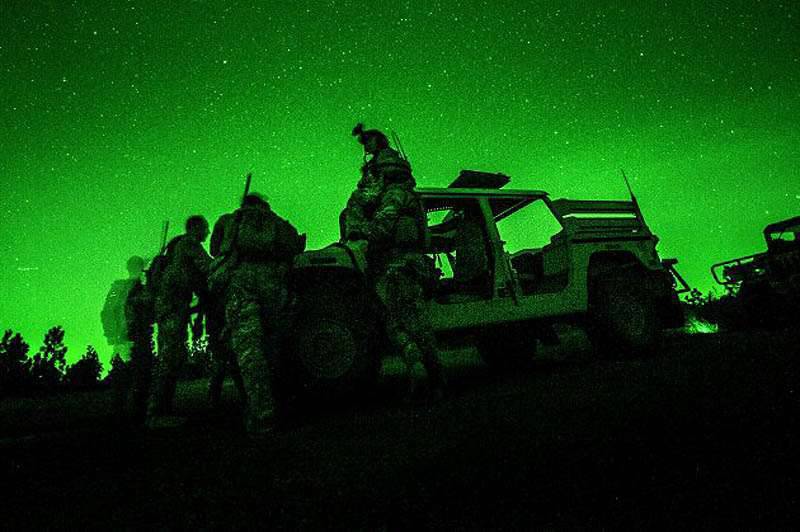
Hack and predictor Aviator
The MTRs give their countries the most elite combat capabilities, but the current operational environment makes these soldiers to act much thinner and smarter at the moment. Equipment and technology are aimed at addressing this issue, but from a fundamental point of view, choosing the right people for service in these units will ensure the best military superiority over current and future adversaries.
It is important to remember that the standards of military service cannot and will not decrease, therefore increasing the capabilities of soldiers seems to be the only way forward. Of course, this is what the USSOCOM command does, resolving the challenges of urban combat with its combat gear (TALOS Tactical Assault Light Operator Suit) - a robotic exoskeleton that may be ready for deployment in special units in the next five to ten years.
However, there are also its pitfalls. Governments can equip a soldier with the latest wearable computers, weapons and protection, but if he lacks ingenuity, desire for new and self-discipline, promoting the correct use of new systems, their effectiveness will tend to zero.
But a double-edged sword, and defense departments should be careful about any possible information overload, since the capabilities of future special operations forces will only expand from year to year.
Materials used:
www.socom.mil
www.baesystems.com
www.saabgroup.com
www.polaris.com
www.airborne-sys.com
www.supacat.com
www.gentex.com
www.mohoc.com
www.fieldforensics.com
www.imi-israel.com
www.aimpoint.com
ww.trijicon.com
www.wikipedia.org
en.wikipedia.org
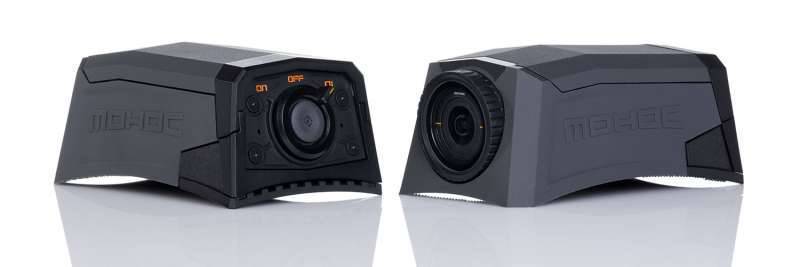
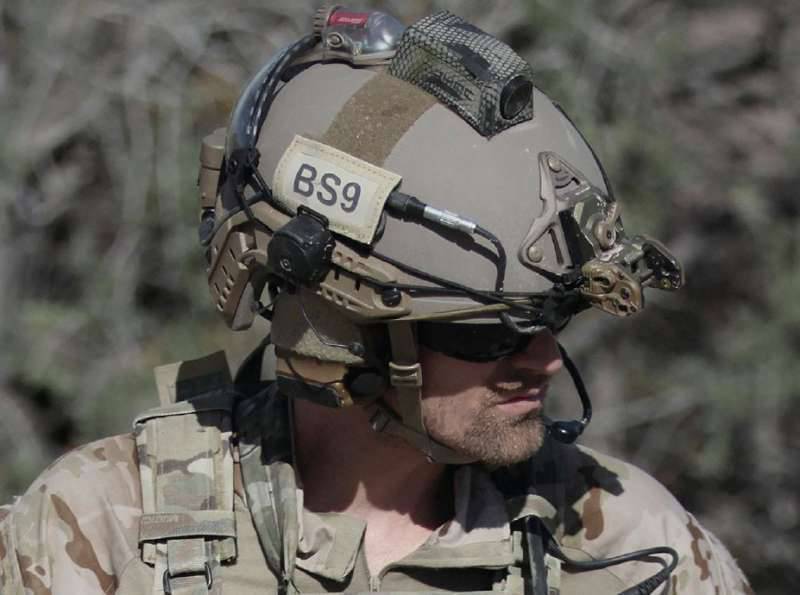
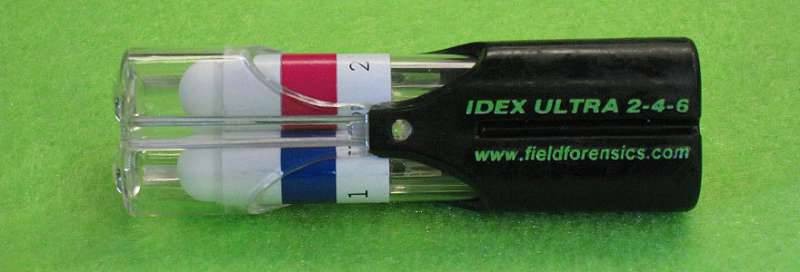
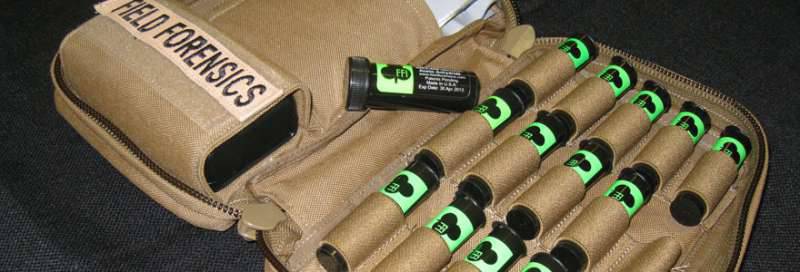
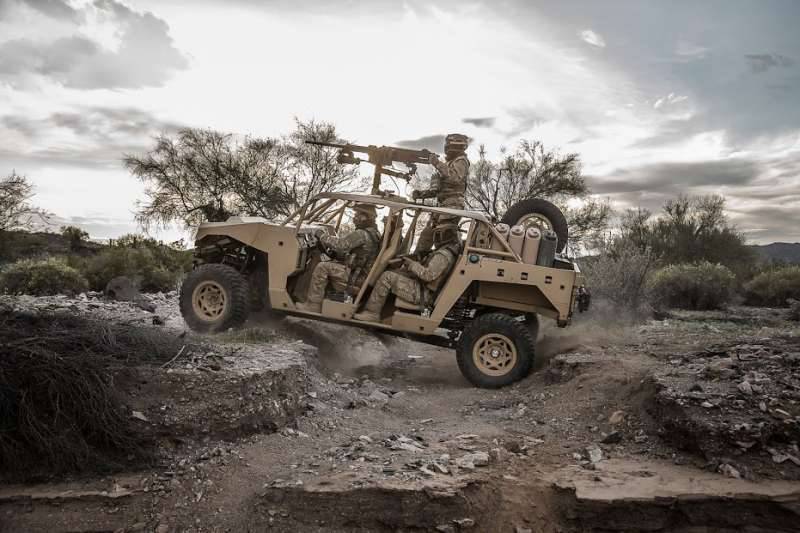
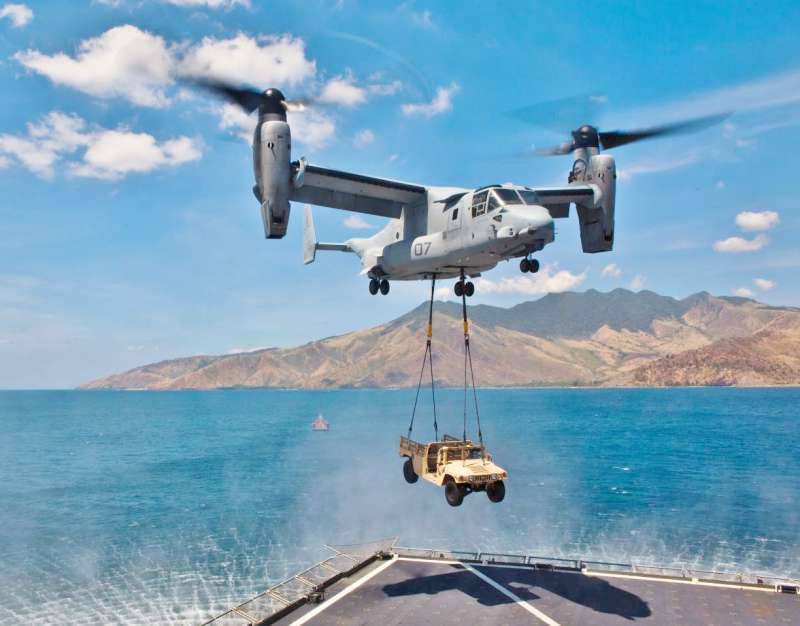
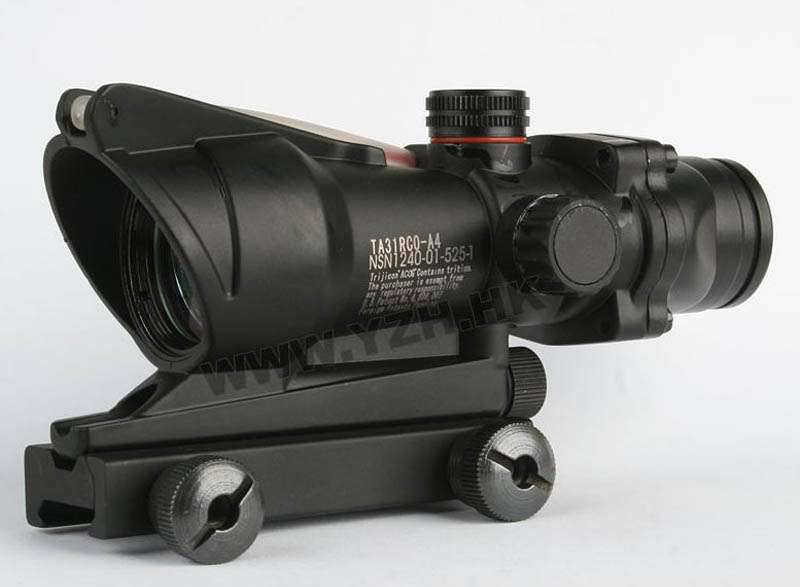
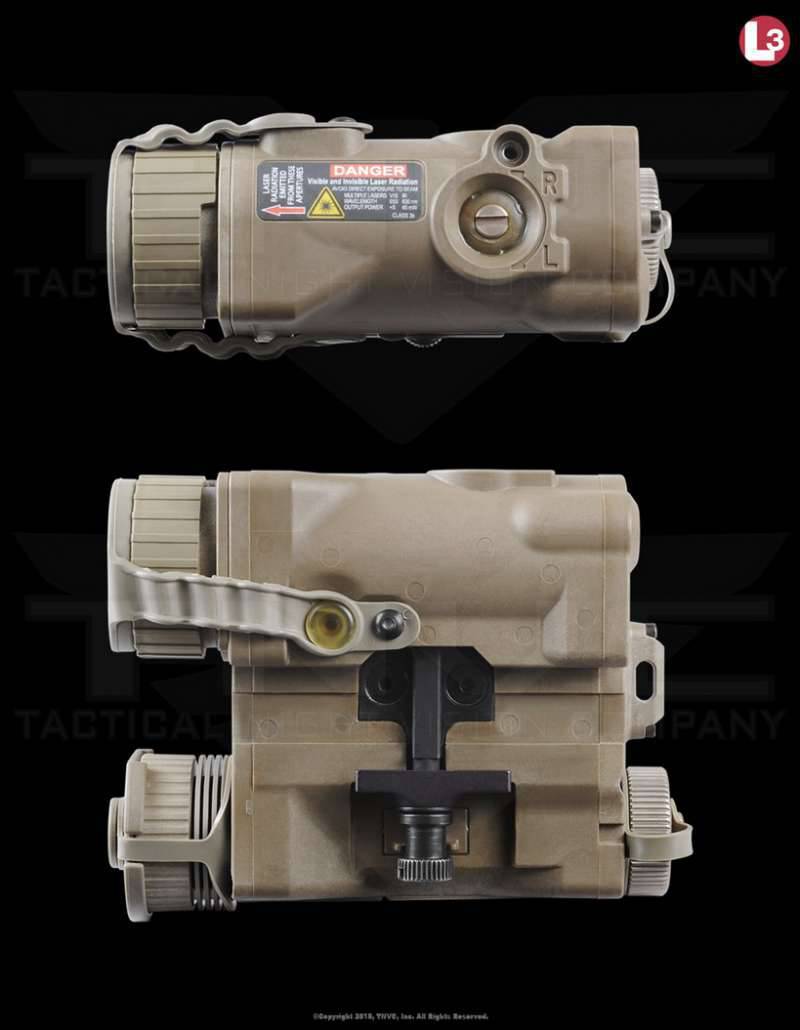
Information